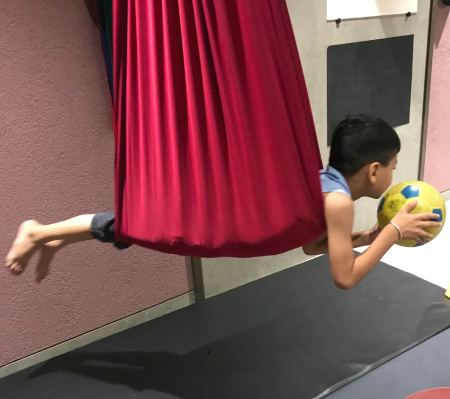Autism spectrum disorder (ASD) is a developmental disability caused by differences in the brain. People with ASD often have problems with social communication and interaction, and restricted or repetitive behaviors or interests. People with ASD may also have different ways of learning, moving, or paying attention.

Some of the symptoms of ASD are as follows:
- Avoids or does not sustain eye contact
- Does not respond to name
- Does not point to show you something interesting
- Does not notice other children and join them in play
- Lines up toys or other objects and gets upset when order is changed
- Repeats words or phrases over and over (called echolalia)
- Gets upset by minor changes
- Has obsessive interests
- Flaps hands, rocks body, or spins self in circles
- Delayed language skills
- Delayed movement skills
- Hyperactive, impulsive, and/or inattentive behavior
- Unusual mood or emotional reactions
- Lack of fear or more fear than expected
It is important to note that children with ASD may not have all the behaviors listed as examples here.
OCCUPATIONAL THERAPISTS AND ASD
We combine our senses (sight, sound, smell, touch, taste, balance and the sense of our body in space) in order to make sense of our environment. However, autistic children may have difficulty filtering sensory information, and it can become overwhelming, uncomfortable, and/or painful.
Providing advice and interventions to target each sense, helps the child’s nervous system become more organized and regulated. This can reduce the child’s anxiety and exhaustion, and improve their attention and performance. Sensory Motor activities to improve multi-sensory processing skills is the key to achieve OT goals.
